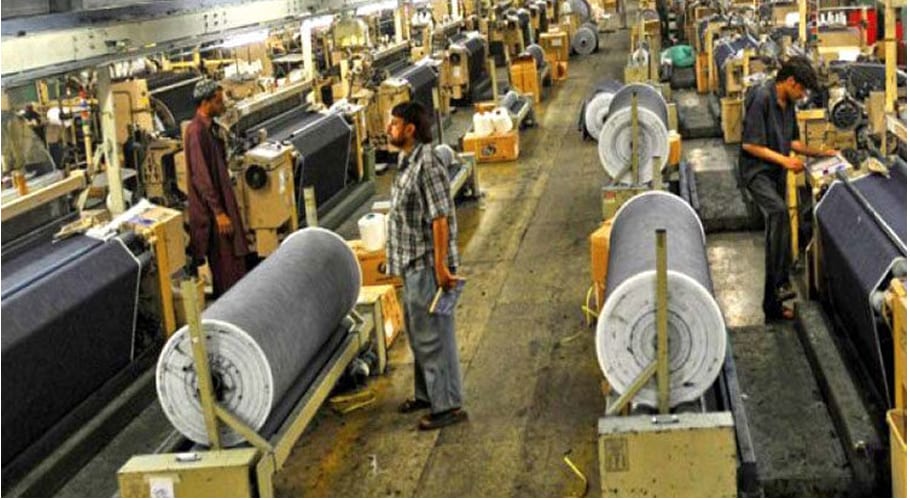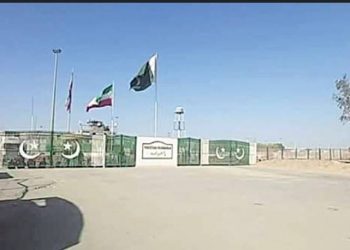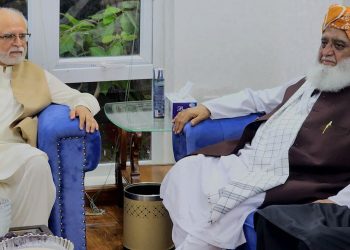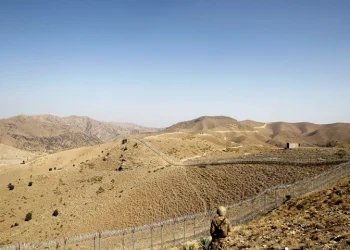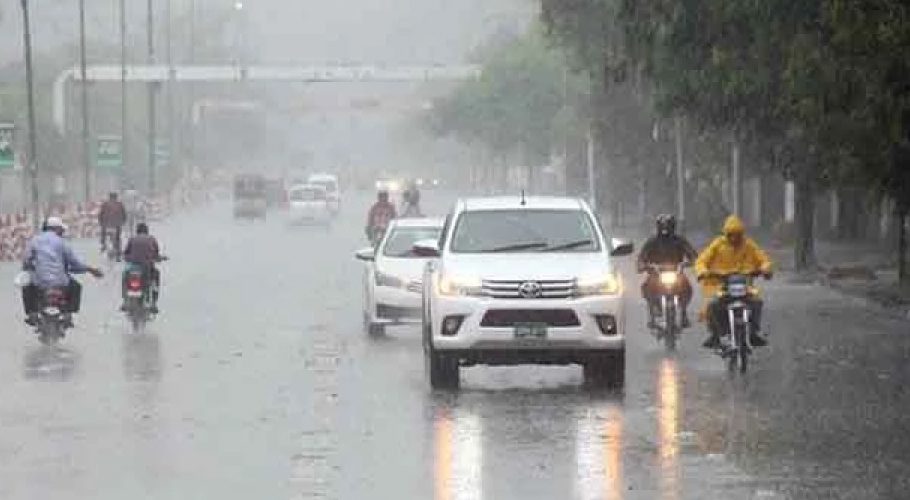ISLAMABAD: The Chief of All Pakistan Textile Mills Association (APTMA) Gohar Ejaz has sought Prime Minister Shehbaz Sharif’s help to safeguard the country’s exports and employment as the country cannot afford deindustrialization in Punjab that will lead more layoffs leading to significant unemployment of more than 10 million workers and further deterioration in the balance of payments in the shape of $10 billion exports per annum.
Also read: ‘Textile exports may fall below $1 billion a month from Jan 2023’: APTMA
Gohar Ejaz wrote a letter to Prime Minister Shehbaz Sharif and said that approximately 10 million textile workers will be unemployed in Punjab alone, and that country would face a massive financial dent in terms of a $10 billion drop in exports.
He asked PM Shehbaz Sharif to adopt emergency steps as the country is facing a massive drop in exports. Ejaz stated in his letter that the textile exports increased up to 55% in the recent two years due to competitive energy rates.
Also read: APTMA urges PM to save export-oriented textile industry
He urged the government to create a level playing field by implementing a uniform gas price of $7 per MMBtu for the export industry across the country, maintaining Rs19.99/kWh for the export sector across the country to retain competitiveness across the country and internationally.
Also read: APTMA threatens protest over untimely clearance of imported cotton
He also asked for the first priority for gas supply to captive power plants of the export-oriented sector. Ejaz built the arguments with graphs and data that the total cost of regionally competitive energy tariff (RCET), if the differential is treated as the subsidy/cost is 2.67 percent in the last 4 years from FY19 to FY22. And with the RCET cost of 2.67 percent (Rs260.59 billion) in 4 years, the exports went up to Rs9761.32 billion. The actual cost of service (excluding cross-subsidy is 9.3 cents/kWh which implies that the government is not providing a subsidy to EOUs (export-oriented units) but indirectly to other sectors primarily the domestic sector.
Also read: APTMA terms hike in EFS & LTFF as ‘disaster’ for export sector
“So, the narrative that the government subsidizes the textile sector is therefore inaccurate and needs to be revisited.” “Textile exports witnessed a massive increase of over 55 percent in just two years: from $12.5 billion in FY2020 to $19.5 billion in FY2022 as a direct consequence of the competitive energy tariff,” said Gohar Ejaz, adding that “the industry as a consequence of the improved competitiveness invested a further $5 billion in the expansion and new projects which enhanced the available export capacity by another $5-6 billion. Pakistan was therefore well on the way to achieving $26 billion in textile exports in 2023. Now this momentum is being lost.”







